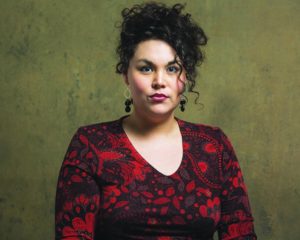Some notes for your singers by noted conductors on the Singer Network: Randi Von Ellefson says: The new season is always a great time to consider what chorus members should be doing to prepare for the new season and for the commencement of regular rehearsals. The Canterbury Choral Society continues to send out […]
Search Results for: One from the Folder
200th Anniversary Composition Competition
Park Avenue Christian Church 200th Anniversary Composition Competition Receipt Deadline: September 1, 2010 Prize: $2,000, Performance in New York City To celebrate its 200th Anniversary, the Park Avenue Christian Church (Disciples of Christ) invites composers to submit unperformed, unpublished compositions for SATB choir and either organ or chamber ensemble up to 8 minutes in […]
Will the Apple “iPad” Revolutionize Music Publishing?
After the much anticipated announcement of the release of the Apple tablet, the “iPad“, yesterday – it got me thinking – will this finally be the step that makes digital music stands a reality? Perhaps with the price tag starting at $499 per iPad, maybe not just yet. However, I can’t help but to think […]


